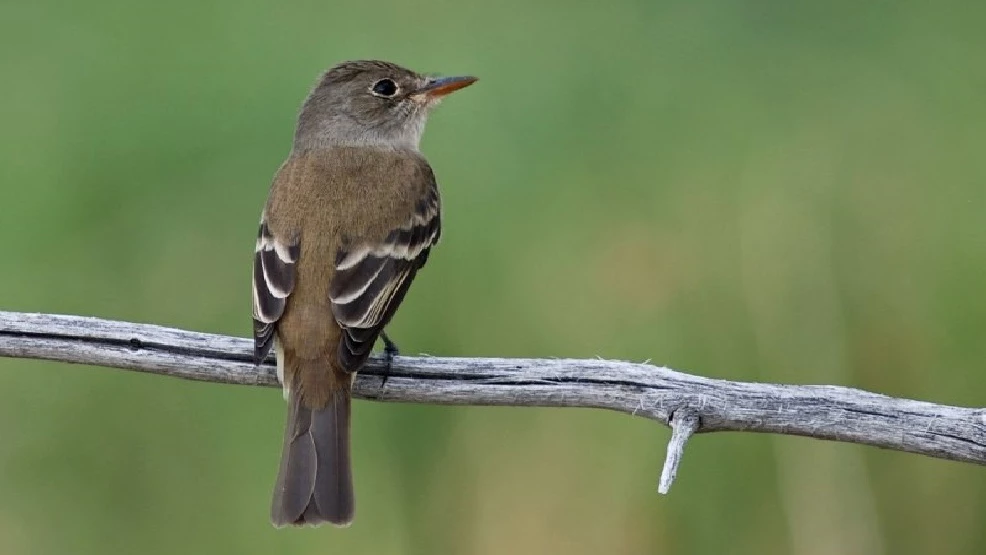
(C) Rick Fridell The Southwestern Willow Flycatcher is one of the critically endangered species that call the Grand Canyon home. Once common throughout the Southwest United States, only 900-1000 breeding pairs remain in the wild. Scientific Name Empidonax traillii extimus Identification
Habitat
Behavior
Additional InformationSouthwestern Willow FlycatcherPrepared by Sonya Daw, Southern Colorado Plateau Network I&M Program, 2013. |
Last updated: July 8, 2024
